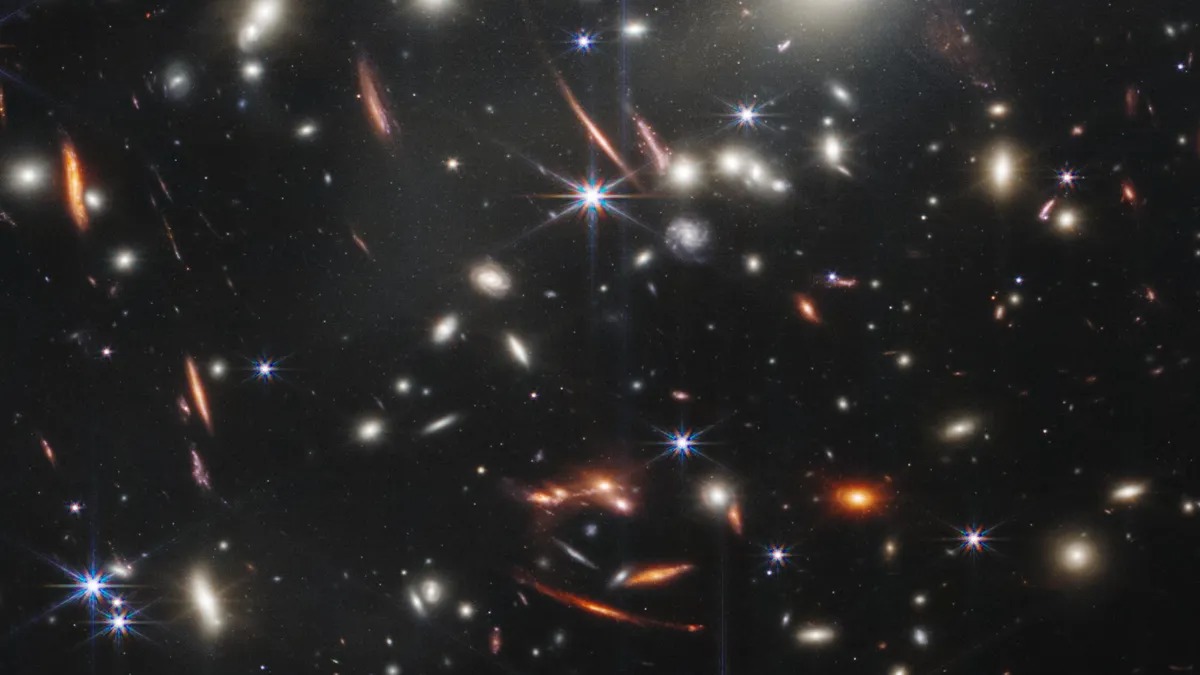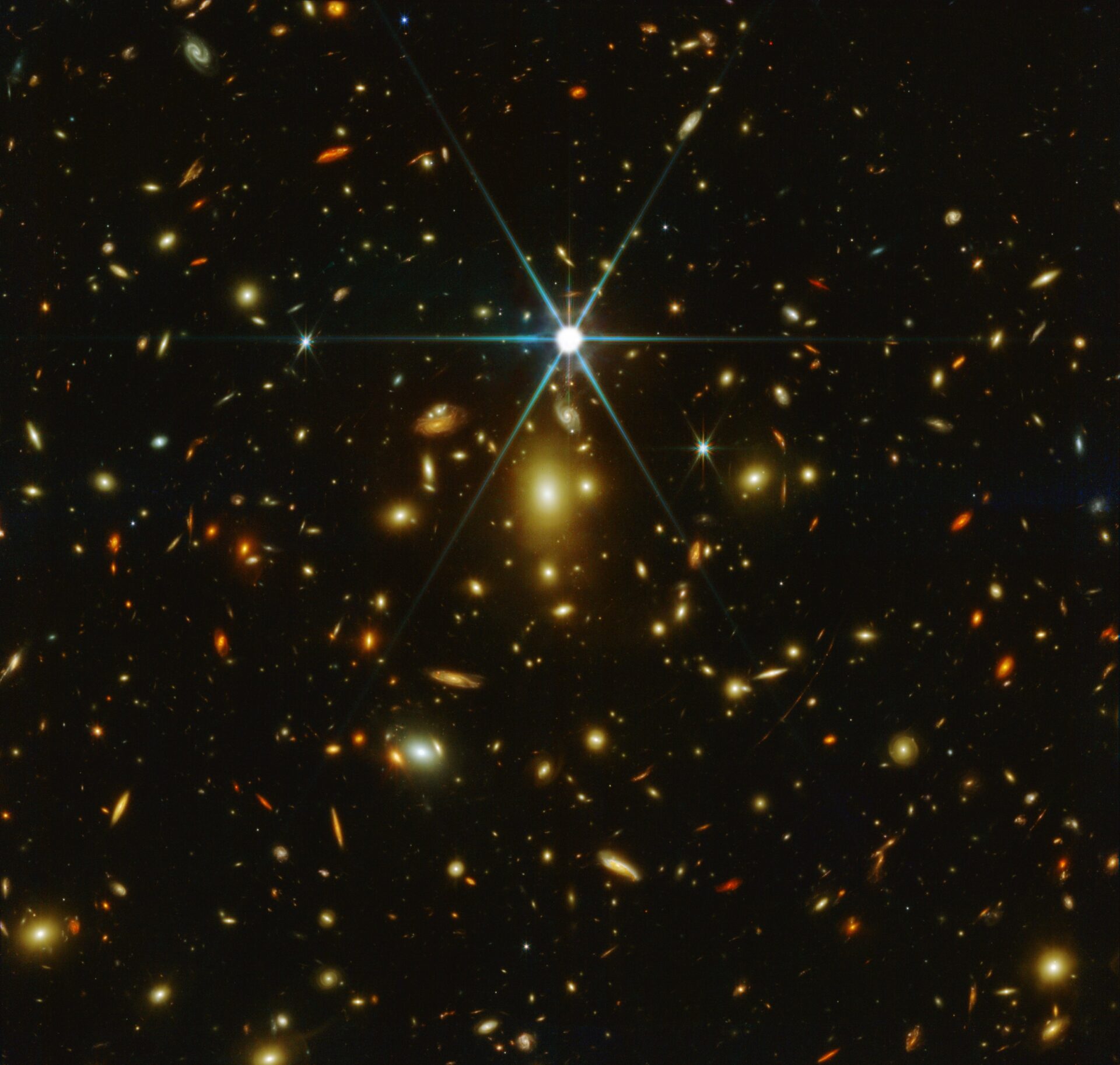A month ago, the whole world received the first impressive photos of our Universe taken by the James Webb Space Telescope (JSWT), the most powerful observatory ever launched into space. A month ago, the whole world received the first impressive photos of our universe taken by the James Webb Space Telescope (JSWT), the most powerful observatory ever launched into space. Among them are potential discoveries of the most distant galaxies that originated just 250 million years after the Big Bang.

However, some of these fascinating photos may be wrong. Suspicions are connected with the calibration process of this complex observatory, which at first mistakenly determined the red shift used to measure the distance to the most distant objects in the Universe. This is reported by a team led by Nathan Adams, a researcher at the Jodrell Bank Center for Astrophysics.
Redshift defines the way in which the wavelength of electromagnetic radiation for an observer increases relative to the wavelength of radiation emitted by a source from a long distance. This effect is noticeable in the dim light of distant objects, which look redder when the light reaches instruments such as NIRCam in JSWT.
Error in distance measurement
According to a study published on the Arxiv preprint server, Adams and his colleagues analyzed new JWST images of ultra-high redshift galaxies that existed more than 13 billion years ago. Their results contradict the discovery of recent studies of distant galaxies for an unexpected reason: the James Webb instruments turned out to be 20% more accurate for studying a distant Universe with a high redshift index, so they were later calibrated.

“The analysis program did not take into account the excess performance before the software update on July 29, 2022. That’s why James Webb found so many galaxies with very large redshifts, as well as galaxies in which a larger mass was measured than scientists expected. This unaccounted error in the NIRCam tool may be the reason for such record high rates,” Adams said.
Simply put, in fact, the most distant objects in the photos may be closer than was thought at the time of discovery.
Earlier we reported on how James Webb saw the most distant star in the Universe.
According to Vice
Follow us on Twitter to get the most interesting space news in time
https://twitter.com/ust_magazine

